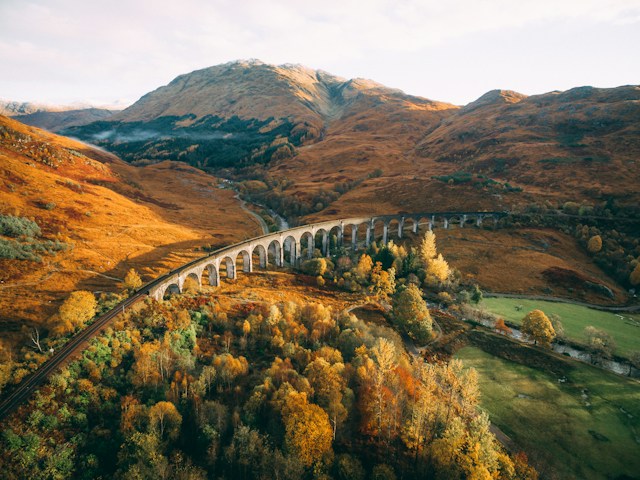Don’t sell off HS2 land, create a nature superhighway instead – Inside track
4 min read
It was reported recently that it’s unlikely any of the land the government bought for the cancelled section of HS2 between Birmingham and Manchester will be sold off before this year’s election. This has revived hopes that the decision to cancel HS2 could be reversed in future. But, if the next government decides to stick with the decision, selling off the land is not its only option. Why not use it to create a new nature superhighway, a continuous strip of land nearly 100 miles long, restored for nature? It would be a phoenix from the ashes of HS2 and would accelerate the government towards achieving its commitment to protect 30 per cent of land and sea for nature by 2030 (known as ‘30×30’).
To halt and reverse nature decline, as legally required by the Environment Act, we know we need more natural spaces that are “bigger, better and more joined up”. The government hopes to do this through the new Environmental Land Management schemes which pay farmers and land managers for environmental actions and outcomes on their land. Many farmers and land managers are already playing their part in creating larger nature areas through the oversubscribed Landscape Recovery scheme, but there is a long way to go.
We need bigger and better habitats for nature According to the government’s own analysis, only 8.5 per cent of land is currently protected, although this includes many sites that, while legally protected, are in poor condition. Large new areas of protected land managed for the benefit of nature will have to be created to achieve the goal.
Happily, the government is now sitting on a large area of land it could protect and restore for nature. We know from the controversy caused by the routing of HS2 that it cuts through or next to many nature reserves and ancient woodlands. HS2 had already started creating 33 square kilometres of new habitat along the route to try to compensate for the damage, although it is argued this did not go far enough. While the completion of the railway line would have further damaged existing wildlife sites, restoring the land for nature instead would enhance what is left, expanding their area and joining them up.
Some parts of the route are narrow, but there are many larger areas of land that have been bought for HS2, often measuring two square kilometres or more, which could create a series of new nature reserves along a nature superhighway. This will allow wildlife to migrate in response to climate change and other human pressures and increase the resilience of many threatened species by connecting isolated populations.
As a bonus, a new long distance walking and cycling route could be added. As well as giving local people access to this new nature area, it could create safer routes for walking and cycling commuters.
Former landowners could still get their land back This idea would not be free from challenges. The Country Land and Business Association has called for the original owners of the land to be given a right of first refusal in the forthcoming land sales. Given the land was compulsorily purchased for HS2 and not for a new nature superhighway, it would seem fair to offer landowners the opportunity to buy some or all of their land back if they want to. They could then be invited to keep it within the nature superhighway, rewarded for by Environmental Land Management payments. Land not bought back by its original owners could be offered to local groups to create nature reserves, putting new Local Nature Recovery Strategies into practice.
Of course, this isn’t a silver bullet to solve devastating nature decline in the UK. The area of land purchased for HS2 is small in comparison to the 30 per cent target to bring back nature, and big blocks of habitat are more beneficial than long thin ones. Nevertheless, it would be a good start, and it would offer the opportunity to show how local communities can play a larger role in delivering national environmental priorities. No doubt the government will want to recoup some of the nearly £600 million it paid for the land. But most of this went on buildings and other infrastructure, much of which could be sold to recoup costs while retaining the lower value land for nature.
We do need more rail capacity to meet carbon reduction goals. But, if HS2 stays cancelled, simply selling off the land again would be a double failure. What better opportunity is there to go ‘bigger, better and more joined up’? This could be a beautiful and hopeful outcome from the HS2 saga, benefitting both people and nature. A ‘superhighway for nature’, what are we waiting for?
Photo credit: Connor Mollison on Unsplash





